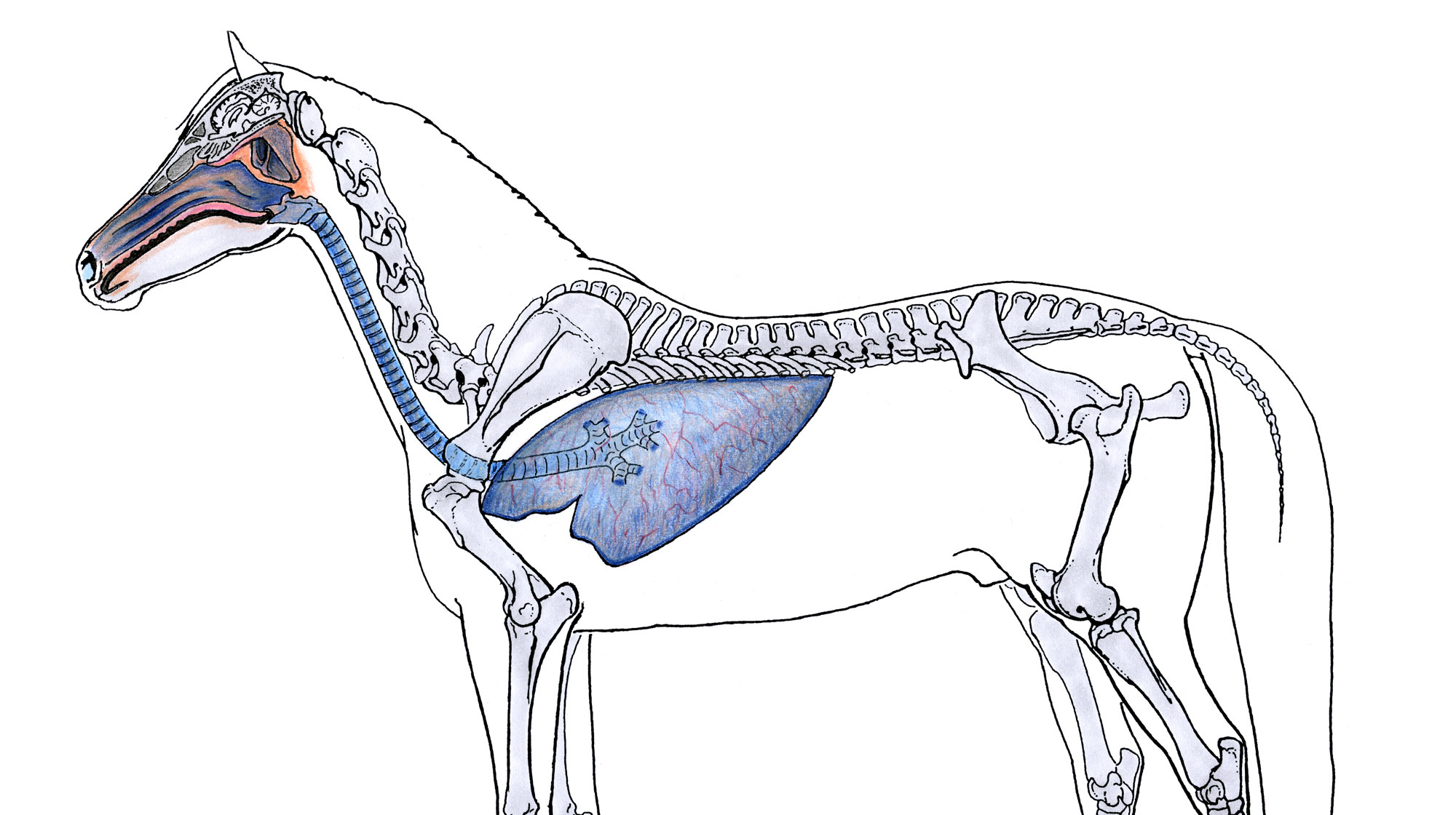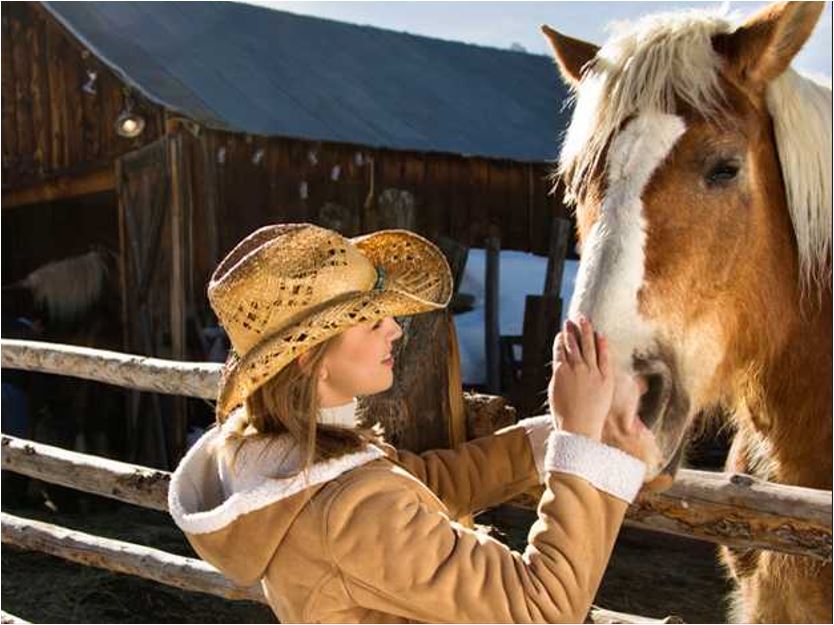Equine Anatomy and Physiology: Understanding Your Partner

by Al Badia,
Understanding the anatomy and physiology of the horse is fundamental to effective horsemanship and equine care. The horse’s body is a marvel of biomechanical design, finely tuned for agility, speed, and strength. By delving into the intricacies of equine anatomy and physiology, riders and caretakers gain valuable insights into how the horse moves, thinks, and functions, allowing them to better support their partner’s health, performance, and well-being.
Key areas of study in equine anatomy include the skeletal system, muscular system, cardiovascular system, respiratory system, and digestive system. Each of these systems plays a vital role in the horse’s overall health and function, influencing everything from movement and posture to energy metabolism and nutrient absorption.
Equine physiology explores how these anatomical structures work together to support the horse’s physiological processes, such as respiration, circulation, digestion, and thermoregulation. Understanding the horse’s physiology enables riders and caretakers to optimize training, nutrition, and management practices to promote peak performance and health.
By deepening their understanding of equine anatomy and physiology, horse enthusiasts can enhance their ability to care for and communicate with their equine partners, fostering a deeper connection and partnership based on mutual understanding and respect.




